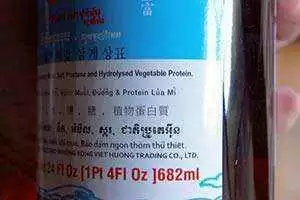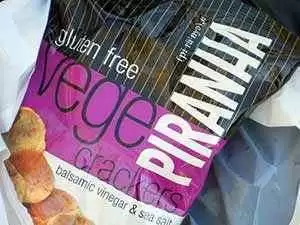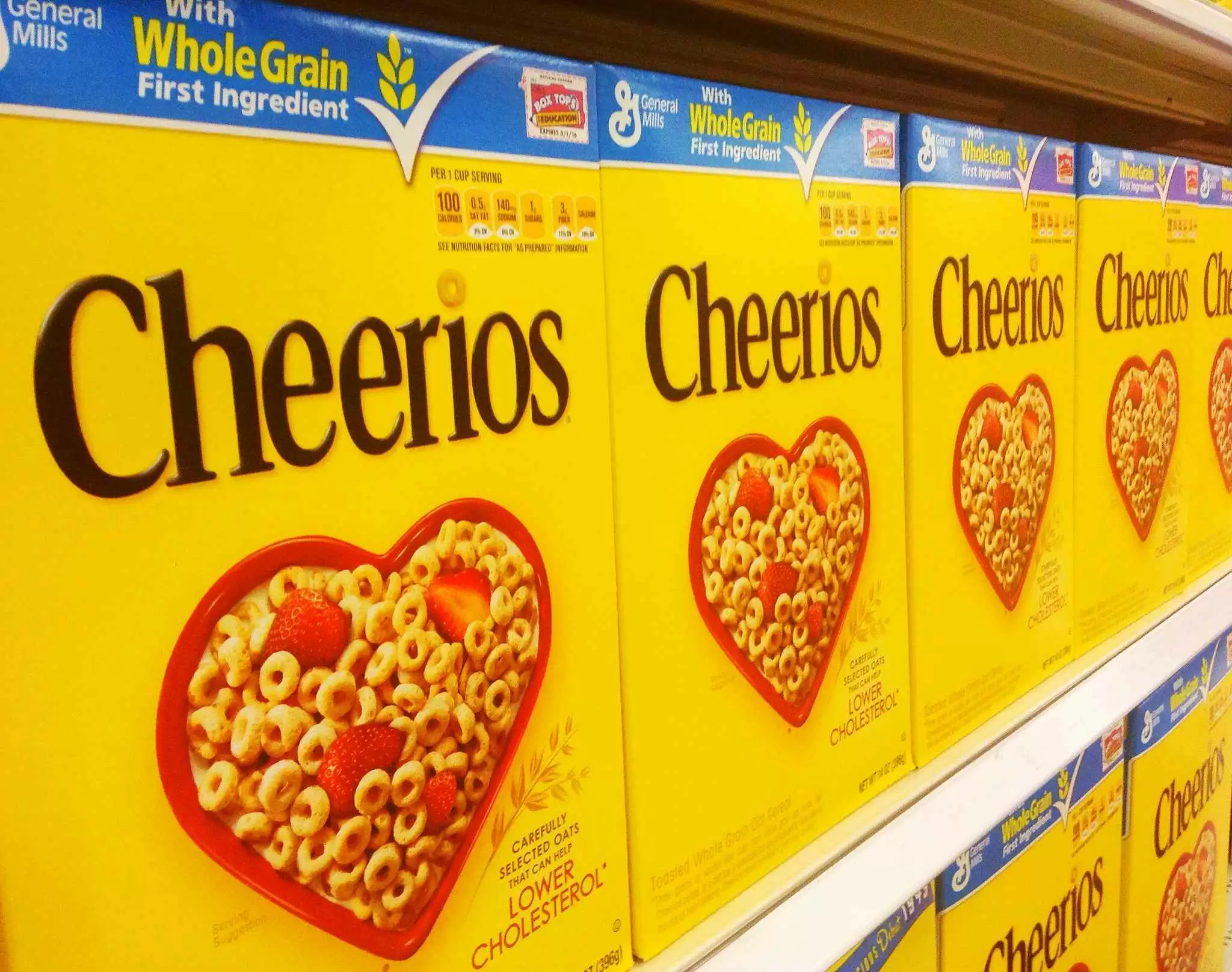By Jessica Mahood , M.S. Bacteriology
Celiac.com Sponsor (A12):
Celiac.com 09/28/2004 - A very good question: what is gliadin and why does it survive a bath in hot oil? I am a little hesitant to answer because I am not a protein chemist who specializes in such things. However, I was a bacteriologist with many years of exposure to biochemical concepts, so Im probably better equipped than most to give this a go.
First of all, a protein primer: As someone mentioned, proteins are made up of building blocks. We generally call these amino acids. Sometimes amino acids are represented in the scientific literature as a single letter--you will see something like PQQLL (pay attention to this because it will come up again later). Each of those letters stands for an amino acid that is linked to the next. So, imagine the amino acids to be beads in a necklace. This configuration--the beads of amino acids connected in the necklace--is called the primary structure.
Now, imagine this necklace to be twisted around itself in some fashion. This is generally known as the secondary structure of the protein and often looks like a helix. Next, take that twisted necklace and bend it around into a 3-D blob. This is known as the tertiary structure. If you were to take several different necklaces compressed into this tertiary structure and combine them, you would have a quaternary structure.
So, there are four basic levels of protein structure, primary through quaternary. Of course, the actual chemistry is a bit more complicated, because many amino acids have a chemical charge to them that can influence how they respond to their neighbors, or to the outside environment. Think of a magnet--like repels like, attracts opposite. If they are attracted or repelled, its going to effect the ultimate structure of that protein. Amino acids, as molecules, are also different sizes. One amino acid may be like a small bead that fits easily between the others, while the next amino acid could be huge and practically hanging off of the necklace. Imagine this as a lump in our necklace that prohibits it from fitting neatly against another necklace in our blob.
There is also the fact that not all proteins have all four of the levels of structure. Some proteins simply exist as a secondary structure or tertiary structure. So, there are many different types of protein structures in nature. Often times, these depend on the job of the protein.
Hopefully I havent thoroughly confused you by now. Suffice it to say that there are many factors involved in determining the properties of a certain protein. So much so that there are actually a set series of tests that scientists use to classify proteins. It is a very complex discipline.
Now, back to your original question. Proteins cannot be killed, per se, as they are not alive. HOWEVER, they can be damaged or destroyed. This is a process that is called denaturation. Denaturation can be irreversible, such as when you burn something to a crisp. Its as if you melted the strand of that necklace and all of the shapes that it made were lost. Denaturation can also be somewhat temporary. You denature your hair, to some extent, when you use a curling iron. You are slightly unraveling a higher structure of the hair protein, but it can be righted over time (unless the curling iron is too hot!).
The ease with which a protein denatures depends on many things. Think back to our necklace. If we have, say, five necklaces clustered together to form a single protein, it would probably take a lot of chemical disruption to fully destroy that protein. However, if we had one tiny necklace twisted up slightly, it would be a lot less work to break it apart. There are many other factors involved in this--the size and charge of the beads, for example.
Gliadin is a fragment of the protein gluten. Gliadin is NOT a single amino acid. Gliadin is simply a subset of a larger protein. Think of it as one necklace within a jumble of many. According to a Stanford research website (Open Original Shared Link), gluten has the basic structure of:
MKTFLILALLAIVATTATTAVRVPVPQLQPQNPSQQQPQ
EQVPLVQQQQFLGQQQPFPPQQPYPQPQPFPSQQPYLQLQ
PFLQPQLPYSQPQPFRPQQPYPQPQPQYSQPQQPISQQQQ
QQQQQQQQQQQQQQQIIQQILQQQLIPCMDVVLQQHNIV
HGKSQVLQQSTYQLLQELCCQHLWQIPEQSQCQAIHNVVH
AIILHQQQKQQQQPSSQVSFQQPLQQYPLGQGSFRPSQQ
NPQAQGSVQPQQLPQFEEIRNLARK
What do these letters mean? Again, they are amino acids. Each one of those letters stands for an amino acid. Its like a code. If the same letter is used, the same amino acid is in those two parts. Within that larger sequence, you see:
RPQQPYPQPQPQ
This smaller list of letters is the amino acid code for gliadin. So just for a start, in denaturing our gliadin, we have to destroy all of the rest of the gluten protein that is around it. The next issue is that this sequence contains the letter Q several times. This letter Q represents the amino acid glutamine. This is probably what the person meant when they said that gliadin was an amino acid. They were most likely thinking of glutamine. In any case, as far as amino acids go, glutamine is fairly large and pretty hearty.
At this point in time, go to the following website: Open Original Shared Link
Look at the picture of glutamine next to the name at the top--it looks like a couple of groups of letters connected by black lines. If you look to the far left, you see the letters H2N. A certain chemical process in the body changes that H2N into a different chemical group. This is called deamidation, and you hear about it a lot in reference to the Celiac response. It is the deamidated protein within the gliadin fragment of the gluten protein that is believed to be the big trigger for the antibody response that causes damage. What a mouthful, eh?
Back to gliadin and hot oil, the original question. Okay, so now we know that proteins are pretty complicated. They can have big structures and lots of chemical interactions. Gluten is such a protein. The gliadin fragment of the gluten protein is tough to get to. You must also destroy the properties of the amino acids in the gliadin fragment to truly nullify the immune-irritating properties of gliadin to Celiacs.
So, for various chemical reasons, gliadin is not easy to denature. According to that Stanford website (Open Original Shared Link), gliadin is tough stuff. Many changes made to the protein are reversible.
Researchers are still exploring the properties of gliadin and trying to find a way to use the molecules interactions to stop the Celiac response. It gives me a hope. For now, we have to resign ourselves to being suspicious of those soupy vats of oil in the back of bars and restaurants.









Recommended Comments